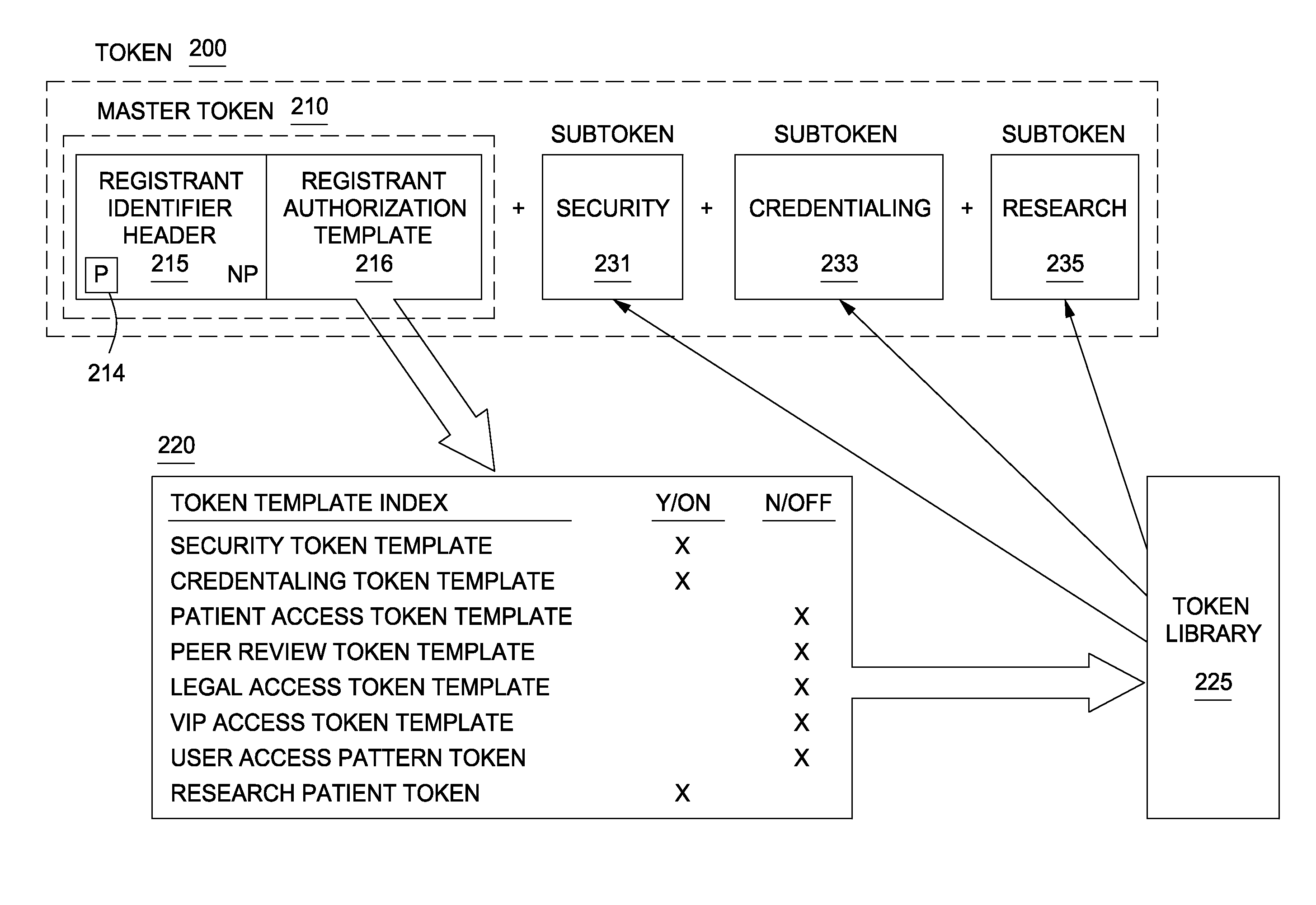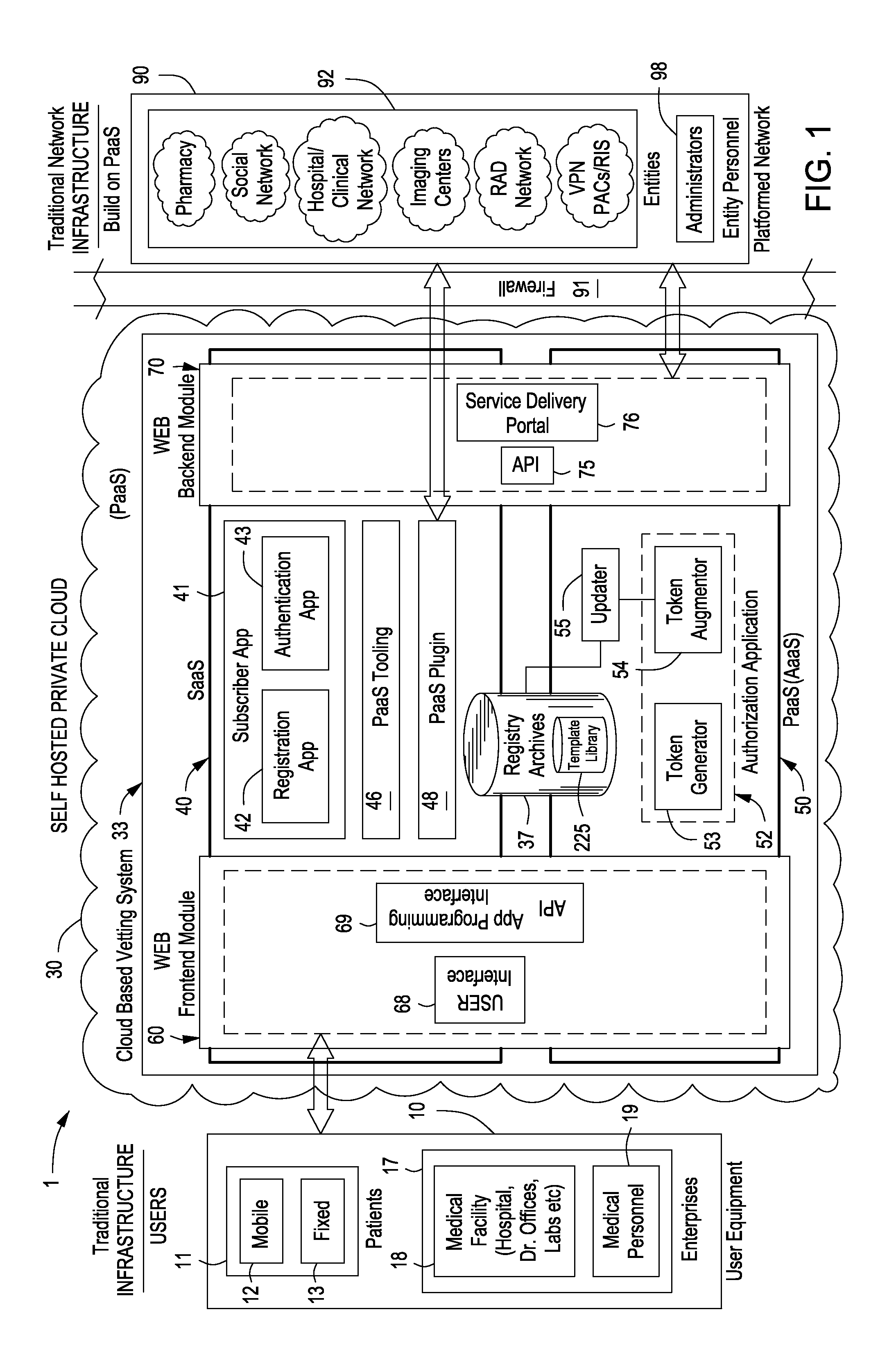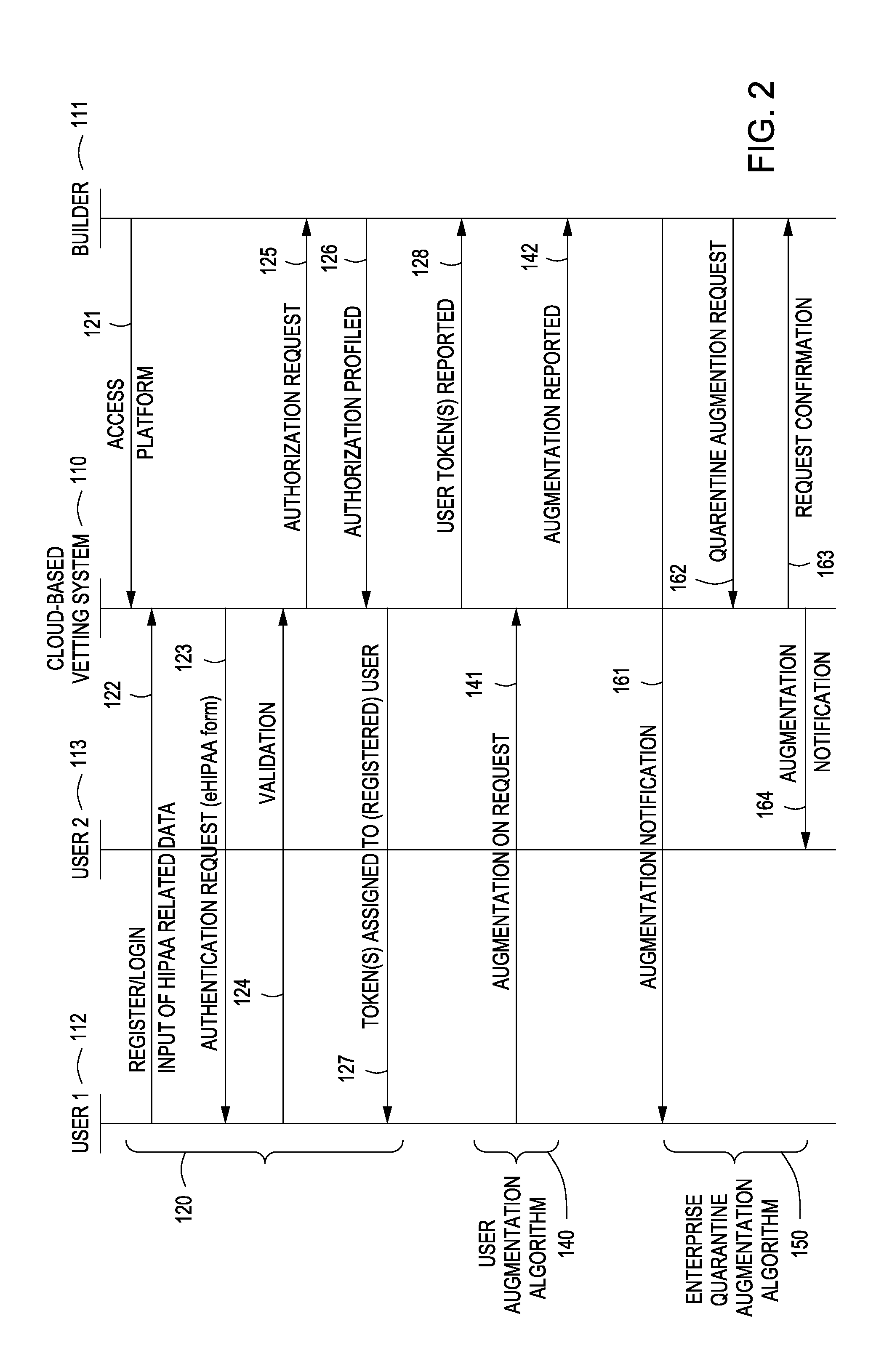Additionally, the HITECH Act increasingly restricts use of a patient's ePHI for research purposes without written patient consent although researchers are still not restricted from using “de-identified” medical records in that personal identifying information is either removed or blocked from viewing by the researcher.
Today, although federal regulatory mandates for network infrastructure
interoperability between disparate medical entities remains very problematic, many medical entities are currently focusing on creating internal protocols in compliance with HIPAA and HITECH regulations among others.
Health privacy and security experts remain quite reluctant to allow unrestricted access or
data sharing with other medical entities and third parties due to security concerns and proprietary intranetwork investment interests.
Moreover, under the present HITECH Act, a breach where electronic
protected health information is compromised or a security
vulnerability in the
network architecture by one medical entity could affect all of that entity's partners and unfairly
expose a medial entity to unintended liability, penalties, damages, fines, and other costs.
Accordingly, this process is often significantly arduous and confusing to many individuals with health concerns.
Some states and medical facilities legally permit a patient to further
restrict access to their medical records to exclude particular individuals or physicians although there presently is no known system and method for allocating a patient's directives in real-time to each medical entity that participates in that patient's care.
At times, paper patient signature paper forms lack uniformity with those forms of other healthcare systems to thus needlessly create expensive, legal
ambiguity regarding a patient's authorized directives between healthcare systems as well as with accurate accounting for any patient updates.
In effect, the “Meaningful Use” provisions have added increased standards for
electronic transmission of medical records to qualify for financial incentives that are currently technically difficult and potentially quite costly to implement as many physician and healthcare provider
system information technology network architectures are proprietary and incompatible with others.
This time-consuming, expensive, and highly bureaucratic protocol is often encouraged in that internal practices of healthcare administration from each healthcare system are different from that of most other healthcare systems.
Illustratively, from a business perspective, each healthcare administration is not readily willing to share
patient information while in the context of revealing sensitive aspects of that providing healthcare system's internal filing systems, procedures, and other proprietary investments to another healthcare system that create detrimental competitive and legal risks.
Moreover,
present day healthcare systems do not typically permit access to patient medical information over
the internet although implementation of a patient portal is mandated for stage 2 compliance of the ARRA's “meaningful use” provisions.
This daunting bureaucratic burden is often placed on the petitioning patient, which is often an insurmountable task for those patients who are not in the best of health to remain at such a high level of vigilance.
As an undesired consequence in terms of privacy and security regulations, the downloaded
software often stores information directly to the
mobile device after each
login session including ePHI of numerous patients, login information, and information to several medical entity portals.
If the information remaining on a
mobile device is compromised, it can take some time for the user to recognize that the specific
mobile device is lost, and even longer to contact all of the effected medical entities so that the entities can take the appropriate steps to change the compromised user's login privileges, protect the ePHI residing in the mobile device from a further breach, and, potentially, notifying effected the patients with compromised ePHI as required by HITECH regulations.
Unfortunately, presently known accounting systems for patient HIPAA privacy authorizations cannot be updated in real-time, are not reliable in determining all who have gained access to such
patient information, and may contain network infrastructure that could inherently compromise patient medical privacy.
 Login to view more
Login to view more  Login to view more
Login to view more 


